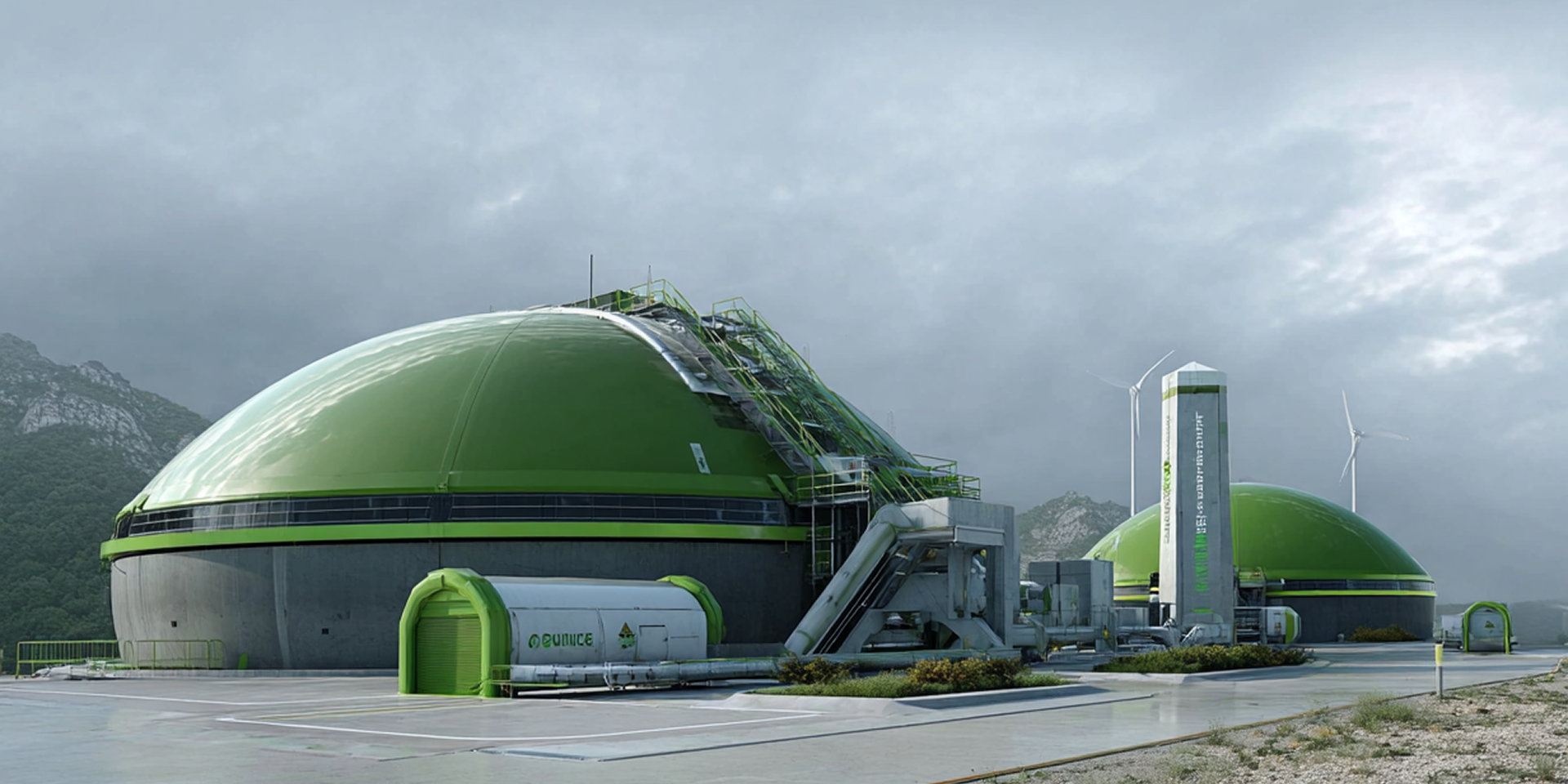After over a decade of exploration and analysis by the Curiosity rover, a new scientific discovery sheds light on the environmental conditions of Mars’ ancient past. An international team of geologists and planetary scientists, led by geochemist Benjamin Tutolo from the University of Calgary, has detected widespread carbonate deposits specifically siderite (FeCO₃) in various rock formations of Mount Sharp, located at the center of Gale Crater. The findings, published in the journal Science, confirm that Mars once had a chemical and physical environment conducive to the development of life as we know it on Earth.
The discovery: mineralogical composition and geochemical implications
New spectroscopic and mineralogical analyses carried out by Curiosity, using the CheMin (Chemistry and Mineralogy) instrument and supported by data from SAM (Sample Analysis at Mars), identified three areas with high concentrations of siderite, associated with magnesium sulfates and other secondary minerals formed in aqueous environments. These formations had never been previously detected, not even via orbital observations like those from the Mars Reconnaissance Orbiter (MRO).
Siderite, an iron carbonate, is particularly significant from an astrobiological perspective because its formation requires very specific conditions: the simultaneous presence of liquid water, atmospheric carbon dioxide (CO₂), and silicate rocks containing iron.
The presence of these carbonates implies that Mars, at least locally and for extended periods, had a denser, CO₂-rich atmosphere and an active hydrologic cycle capable of sustaining a geochemical environment similar to Earth’s.
Mount Sharp: a stratigraphic archive of Mars’ past
Mount Sharp (officially Aeolis Mons), rising approximately 5.5 kilometers high, is a layered mountain at the center of Gale Crater, a basin about 154 kilometers wide. This structure is considered a natural archive of Mars’ geological and climatic history. The deposits analyzed are found in sedimentary layers dating back roughly 3.5 billion years, during the Noachian-Hesperian transition period an epoch critical to the planet’s climatic evolution.
According to the study, the siderite formed under evaporitic conditions: surface water bodies such as temporary lakes or aquifers gradually receded, allowing residual water to interact with basaltic rocks and atmospheric CO₂. This process led to the precipitation of carbonates alongside the formation of sulfate-rich layers, suggesting cyclic variations in water salinity and pH levels.
Implications for the search for life and ancient climate
The widespread detection of carbonates is a key element in reconstructing Mars’ ancient climate. Prior missions had found only sparse, fragmented traces of carbonates, leading to theories that Mars never had enough atmospheric CO₂ to sustain a greenhouse effect strong enough to maintain stable liquid water. However, this discovery confirms that atmospheric carbon was chemically sequestered into sedimentary rocks a process also known as carbonation.
This represents a necessary, although not sufficient, condition for habitability: it means that a chemical equilibrium existed, compatible with stable liquid water and potentially even primitive ecological niches if life ever emerged there.
From a warm, wet Mars to a frozen desert
The picture that emerges is of a primordial Mars very different from the one we see today: an environment with a thick atmosphere, rainfall, and perhaps even a hydrologic cycle resembling Earth’s. Over time, however, and for reasons still under investigation including the loss of its magnetic field and the resulting stripping of the atmosphere into space the planet underwent a radical transformation into the cold, dry, and hostile world we know now.
The carbonates of Mount Sharp stand as silent witnesses to this epochal shift, preserving in their chemical structure the story of a potentially habitable Mars.
Future perspectives
The discovery reinforces the importance of upcoming missions, such as NASA and ESA’s Mars Sample Return, which aim to bring back Martian rock samples to Earth for detailed laboratory analysis. Studying these carbonates could yield more accurate data about the pH, temperature, and chemical environment of ancient Martian waters and potentially provide clues in the search for biosignatures.
In short, we have not yet found life on Mars, but all the necessary chemical and geological conditions were once there. The Red Planet continues to reveal its secrets layer by layer, mineral by mineral.
The discovery of carbonate deposits in Gale Crater marks a turning point in our understanding of Mars’ past, showing that billions of years ago, the Red Planet had an environment suitable for life.
A world with liquid water, a dense atmosphere, and a reactive chemistry not too different, at least for a time, from early Earth.
But if Mars could once host life, could it someday host humans?
That’s the major question behind every Martian discovery. Today’s conditions extreme temperature swings, high cosmic radiation, and a thin atmosphere make the surface of Mars deeply inhospitable. Still, knowing its past was once warmer and wetter fuels hope that, one day, limited parts of the planet might be terraformed, or sustainable human habitats created.
The technologies for living on Mars are still experimental, and many challenges remain: securing local resources (water, oxygen, construction materials), shielding from solar radiation, and ensuring long-term biological sustainability. Yet these geological discoveries are providing critical clues for future colonization showing where to find water, what minerals to use, and which regions might offer the best environmental conditions for survival.
Ultimately, Mars is not just a planet to explore it is a window into the past of the Solar System, and perhaps, a laboratory for the future of humanity.






